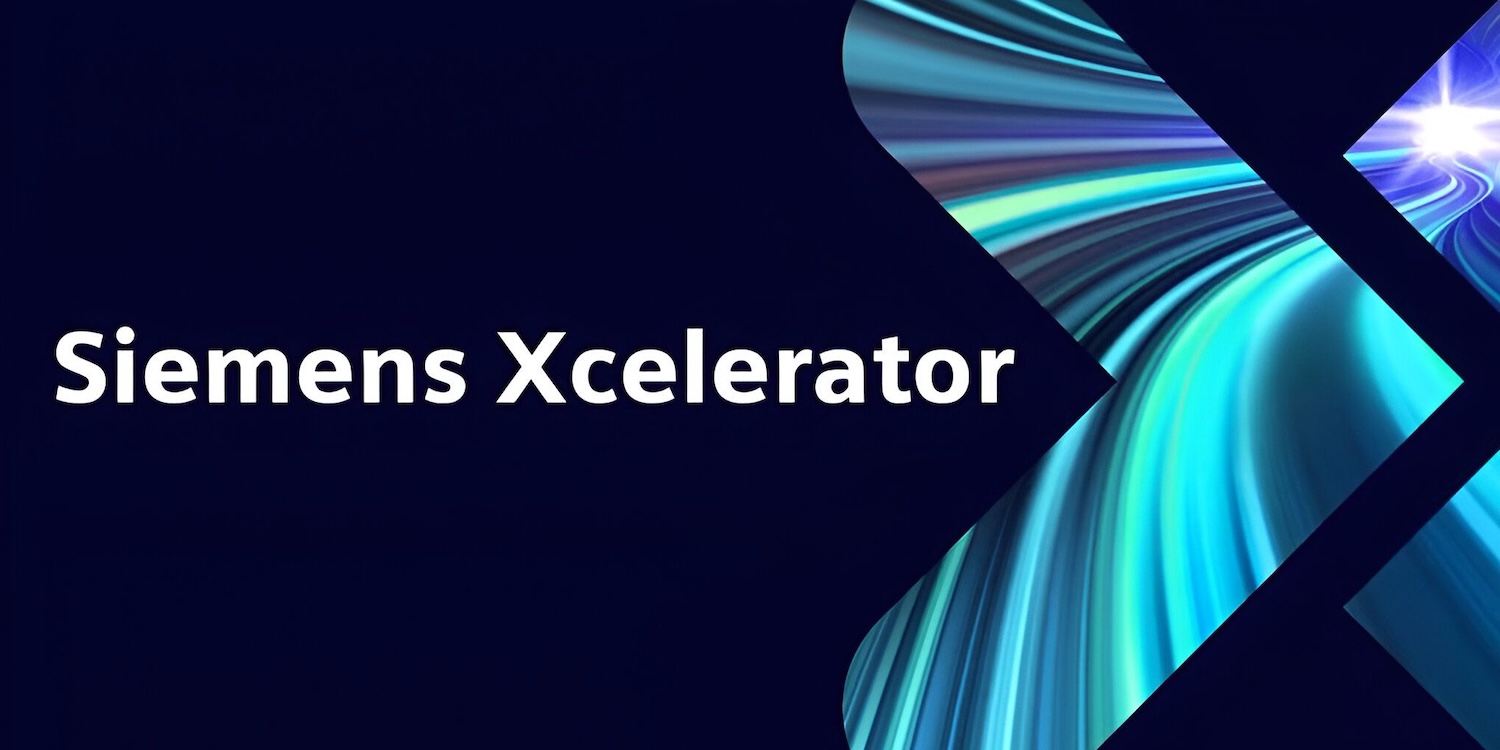
HOUSTON, March 9,2025 – Axiom Space has selected software from the Siemens Xcelerator portfolio to enhance the development processes for building era-defining space infrastructure. Siemens’ software will help Axiom Space to optimize the critical work on its next-generation commercial space station and spacesuit programs.
“After an extensive selection process, we chose to work with Siemens to enable Axiom Space to refine our workflows and simplify complex processes, connecting the dots between design, manufacturing, analysis, and operational phases,” said Dave Romero, Axiom Station Deputy Program Manager, Axiom Space. “Using Siemens’ software, we can test and simulate our designs before we build them, allowing us to progress with more agility and increased flexibility.”
Using the Siemens Xcelerator portfolio will empower Axiom Space to enhance its efficiency, reduce costs, and streamline manufacturing, testing, tracking and fielding processes, advancing development of both Axiom Station and the Axiom Extravehicular Mobility Unit (AxEMU). This software solution makes it possible for Axiom Space to create digital threads and digital twins in a single platform, integrating all phases of its programs.
"The collaboration between Axiom Space and Siemens is a model for how the space industry can accelerate through cross-sector cooperation,” said Tejpaul Bhatia, Axiom Space Chief Revenue Officer. “Last year, we penned an agreement with the Bavarian State Chancellery to advance the space industry together. Our work with Siemens to enhance Axiom Station and space suit development further demonstrates our dedication to progress in the space sector in Europe, Germany, and Bavaria. This relationship exemplifies how leveraging advanced software solutions can drive innovation and operational excellence. It also strengthens our capabilities, while underscoring our commitment to fostering sustainable access to space and supporting a global space economy."
Through increased use of Siemens’ software, Axiom Space will be able to move seamlessly from concept to reality — eliminating the need for traditional paper-based designs,digitally tracking every component, and integrating an end-to-end product lifecycle management system.
“We look forward to collaborating with Axiom Space as it leverages the power of digital transformation across its whole enterprise to put people and assets in orbit faster for less cost," said Todd Tuthill, Vice President, Aerospace & Defense Industry, Siemens Digital Industries Software. “It’s another outstanding example of how leaders and pioneers are turning to Siemens Xcelerator as the platform of choice to build a sustainable space industry.”
Beyond its technological benefits, this relationship aligns with Axiom Space’s broader strategic initiatives to collaborate with non-traditional space companies,businesses and nations to expand access to low-Earth orbit. Selecting Siemensas its digital software provider is another example of how Axiom Space is further cementing the company’s role as an innovative global partner within the commercial space sector.
About Axiom Space
Axiom Space is building the world’s first commercial space station – Axiom Station. Serving as a cornerstone for sustained human presence in space, this next-generation orbital platform fosters groundbreaking innovation and research in microgravity, and cultivates the vibrant, global space economy of tomorrow. Today, driven by the vision of leading humanity's journey off planet, Axiom Space is the principal provider of commercial human spaceflight services to the International Space Station and developer of advanced spacesuits for the Moon and low-Earth orbit. Axiom Space is building era-defining space infrastructure that will empower our civilization to transcend Earth for the benefit of every human, everywhere.
Source: Axiom Space



